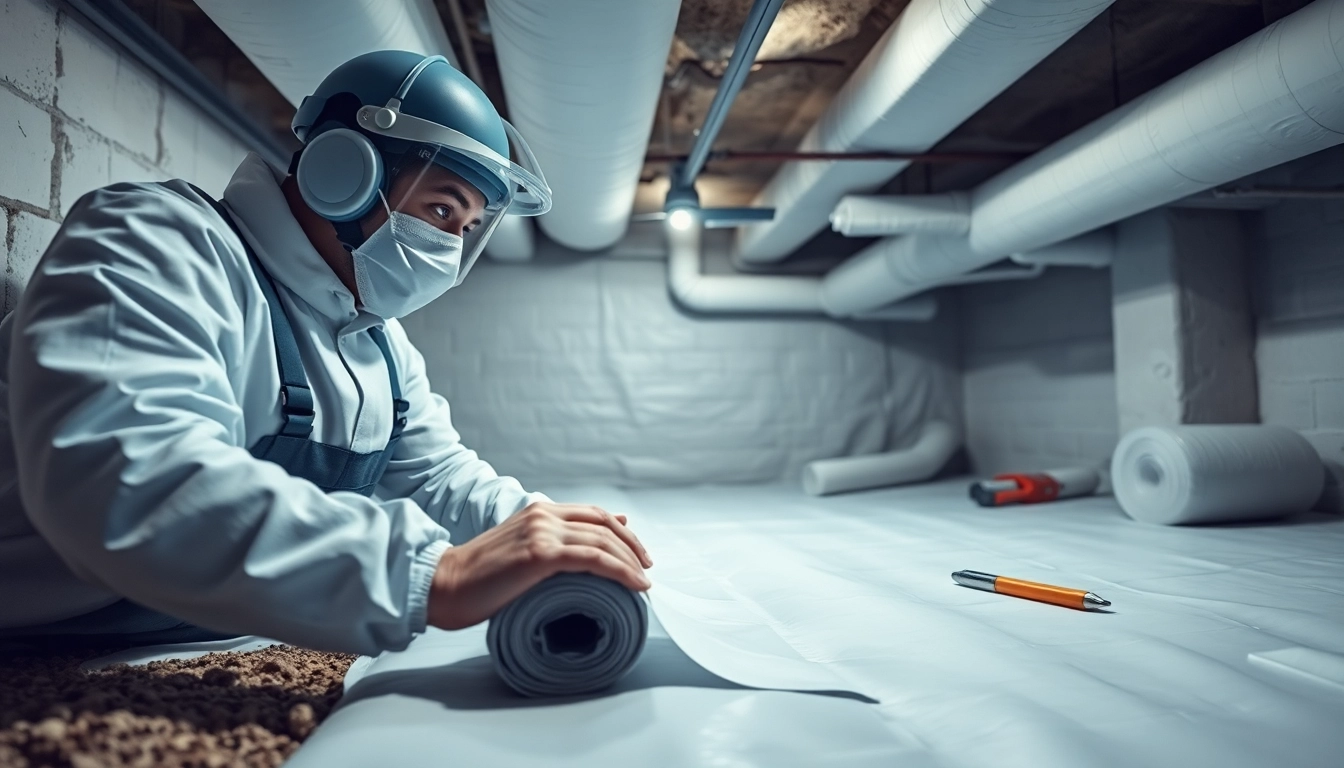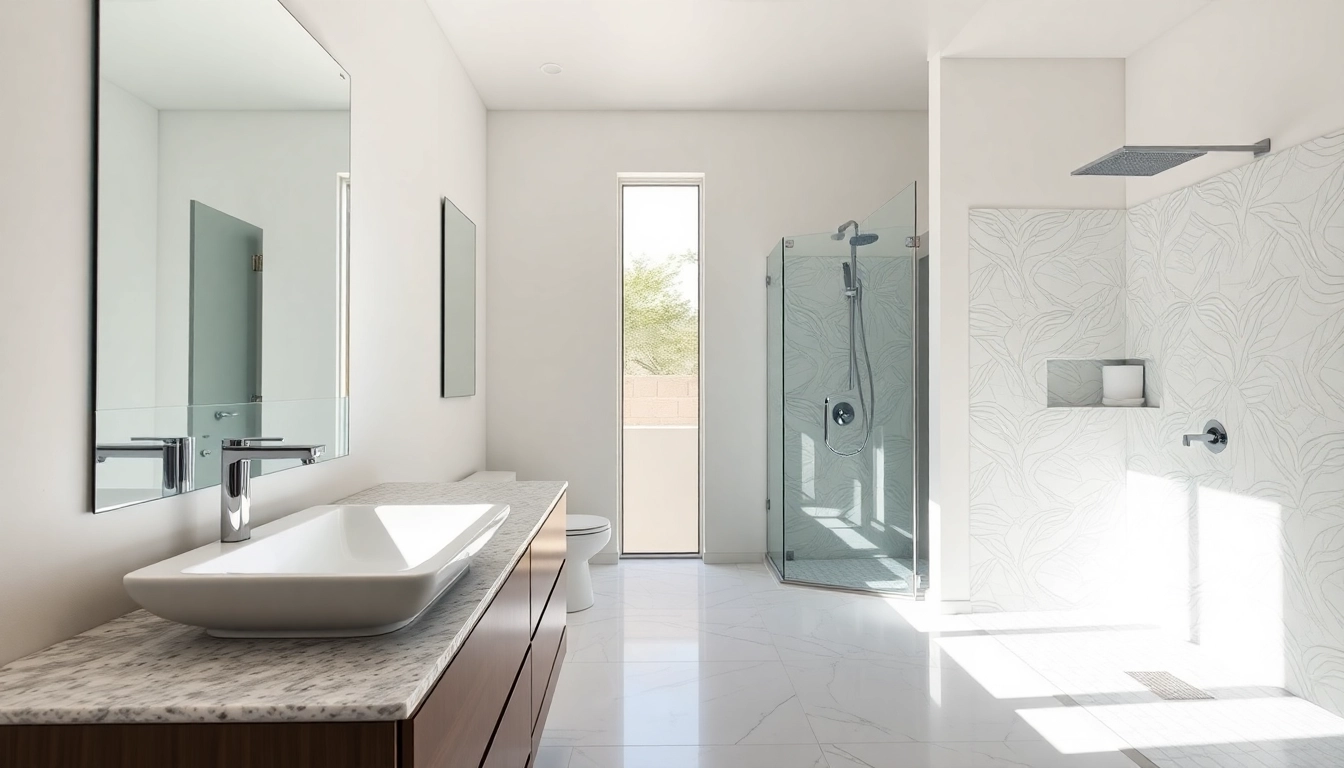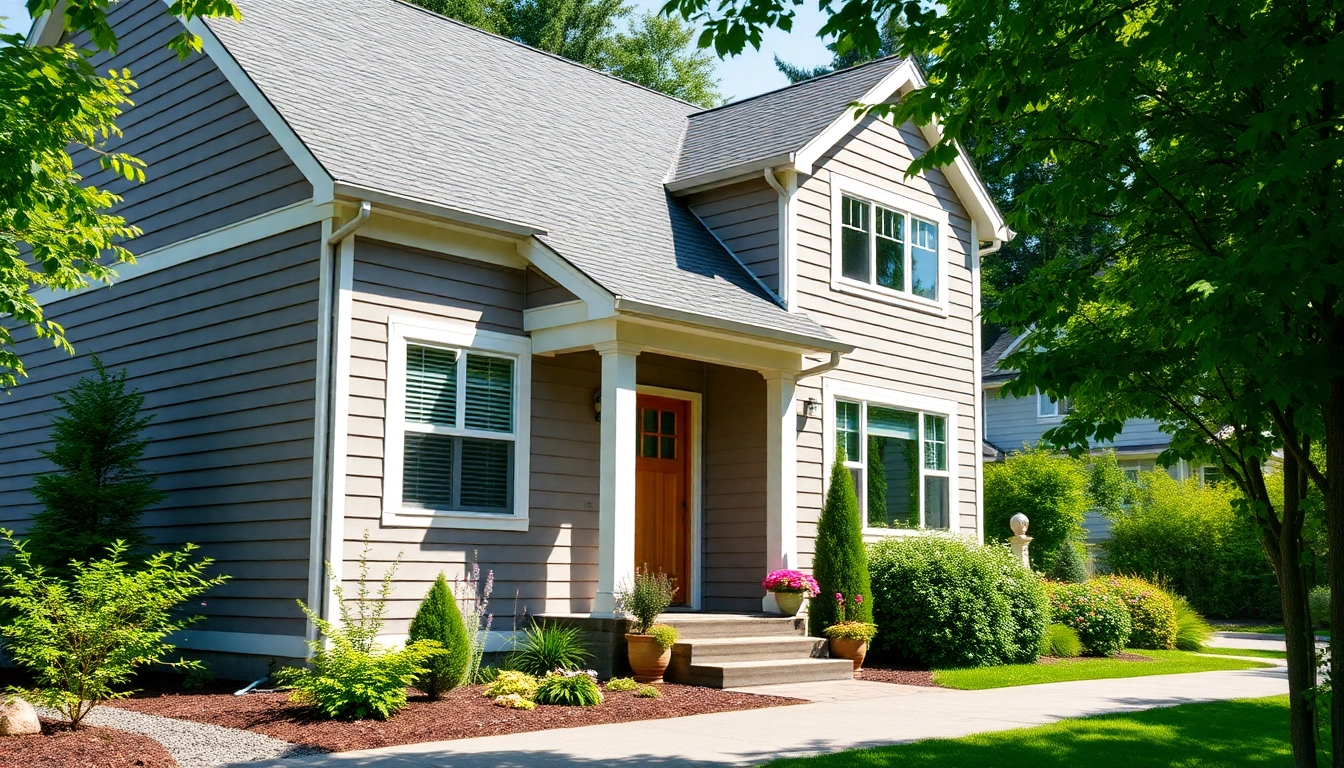What is Crawl Space Encapsulation?
Definition and Purpose
Crawl space encapsulation is a process designed to protect the often-neglected area beneath your home. This technique involves sealing off the crawl space from the outside environment, typically by installing a vapor barrier, sealing vents, and sometimes incorporating insulation. The primary purpose of crawl space encapsulation is to prevent moisture intrusion, which can lead to a myriad of problems including mold growth, structural damage, and pest infestations. By addressing these issues, homeowners can achieve a healthier living environment and improved energy efficiency.
Benefits of Crawl Space Encapsulation
The benefits of crawl space encapsulation are extensive. First and foremost, it significantly reduces moisture levels in the crawl space, which is crucial for preventing mold proliferation. Mold not only poses health risks but can also lead to costly repairs if it damages structural materials.
Another benefit includes energy efficiency. When crawl spaces are well encapsulated, homeowners often notice a reduction in energy bills due to improved insulation and reduced drafts. Additionally, encapsulating a crawl space can improve indoor air quality, as it minimizes the potential for dust, allergens, and airborne pollutants to enter living areas from the crawl space.
Lastly, an encapsulated crawl space can enhance a home’s value. Potential buyers are more likely to be attracted to homes with reduced moisture issues and improved energy performance, thus leading to a higher resale value.
Common Misconceptions
Despite its benefits, misconceptions about crawl space encapsulation persist. One common myth is that it creates a completely sealed environment that can trap moisture inside. In reality, a properly installed encapsulation system includes ventilation considerations and often utilizes dehumidifiers for proper air exchange. Another misconception is that encapsulation is a costly endeavor. While the upfront cost may seem significant, the long-term savings on energy bills, repairs, and health benefits often outweigh the initial investment.
Signs Your Crawl Space Needs Encapsulation
Indicator of Moisture and Mold Issues
Moisture is a primary concern for any crawl space. If you notice signs of dampness such as puddles, wet spots, or the presence of mold, these are clear indicators that your crawl space needs encapsulation. Mold can thrive in moist environments, leading to health issues and structural integrity problems over time. Regular inspection of these signs is vital for maintaining a healthy home.
Unpleasant Odors and Humidity Levels
Another warning sign is the presence of musty odors or high humidity levels in your home. Crawl spaces can emit unpleasant smells when moisture builds up, and this can permeate your living environment. If you frequently notice an increase in humidity, especially during seasonal changes, it’s time to consider encapsulating your crawl space to mitigate these effects.
Impact on Home Health and Structure
Beyond odors and moisture, an unsealed crawl space can significantly affect your home’s structural health. Damp wooden beams can lead to wood rot, compromising the very foundation of your home. Pest infestations are also common in untreated crawl spaces, as insects and rodents are attracted to moisture and standing water. Encapsulating your crawler space can deter such issues, creating a healthier atmosphere for both your home and its inhabitants.
How to Prepare for Crawl Space Encapsulation
Assessing Your Crawl Space Condition
Preparation for crawl space encapsulation begins with a thorough assessment of the current condition of the space. Check for signs of moisture, mold, and damage to structural components. It’s essential to identify any existing issues before starting the encapsulation process. This may involve inspecting for leaks or drainage issues and exploring the surrounding landscape for water diversion opportunities.
Choosing the Right Materials
The materials you select can significantly influence the effectiveness of your encapsulation. Quality vapor barriers are critical; they should be durable, puncture-resistant, and designed for long-lasting performance. Additionally, insulation materials can play a role in the overall energy efficiency of your encapsulated space. Opting for proven, environmentally friendly materials can help ensure that your encapsulation performs well over time.
DIY vs. Professional Installation
Deciding between a DIY approach and hiring a professional for crawl space encapsulation is crucial. While taking on this project yourself may save you money in labor costs, it requires time, knowledge, and the correct tools. Mistakes can lead to substandard results, which may negate the benefits of encapsulation. Hiring a professional ensures that the job is done correctly, often leading to better warranties and peace of mind regarding the long-term effectiveness of the seal.
Step-by-Step Process for Crawl Space Encapsulation
Sealing Cracks and Vents
The first step in the encapsulation process is sealing any cracks and vents within the crawl space. This ensures that outside moisture and air do not penetrate the sealed environment. Use appropriate sealants for concrete and wood to ensure a tight seal. Moreover, any vents that lead to the outside should be sealed off to further reduce moisture intrusion.
Installing Vapor Barriers Efficiently
Once the space is sealed, the next step is installing vapor barriers. A quality vapor barrier should cover the entire floor and can extend to the walls in some cases. The barriers are typically made from polyethylene or similar materials and should be overlapped and sealed at the seams to prevent moisture from seeping through. Proper installation is critical to the effectiveness of the encapsulation system, so taking time and attention to detail at this stage is essential.
Ensuring Proper Drainage and Airflow
Effective encapsulation doesn’t just stop at sealing and covering. Ensuring proper drainage and airflow is vital to maintaining the system. Consider installing drainage systems to divert water away from the house and using dehumidifiers to regulate humidity levels within the crawl space. An effective air circulation system is necessary to prevent stale and stagnant air, which can contribute to odors and mold growth.
Maintaining Your Encapsulated Crawl Space
Regular Inspections and Cleaning
Maintaining an encapsulated crawl space requires regular inspections and cleaning. Periodically check for signs of moisture or mold, and clean the vapor barriers and any installed equipment to ensure they are functioning properly. This proactive approach can help catch issues early and avoid costly repairs down the road.
Monitoring Humidity and Air Quality
Utilizing monitors for humidity and air quality can be an invaluable tool in maintaining your crawl space. Keeping track of humidity levels will allow you to take action before any issues arise. Most experts suggest keeping humidity levels between 30-50% to prevent mold growth and ensure a healthy environment. If humidity levels exceed this range, consider utilizing dehumidifiers or adjusting your ventilation approach.
Long-term Benefits and Considerations
The long-term benefits of maintaining an encapsulated crawl space are substantial. Not only does it provide peace of mind regarding moisture and pest issues, but an encapsulated crawl space can contribute to overall energy savings and enhance indoor air quality. Additionally, the reduced maintenance and potential home value increase add to the appeal of performing this work diligently.



